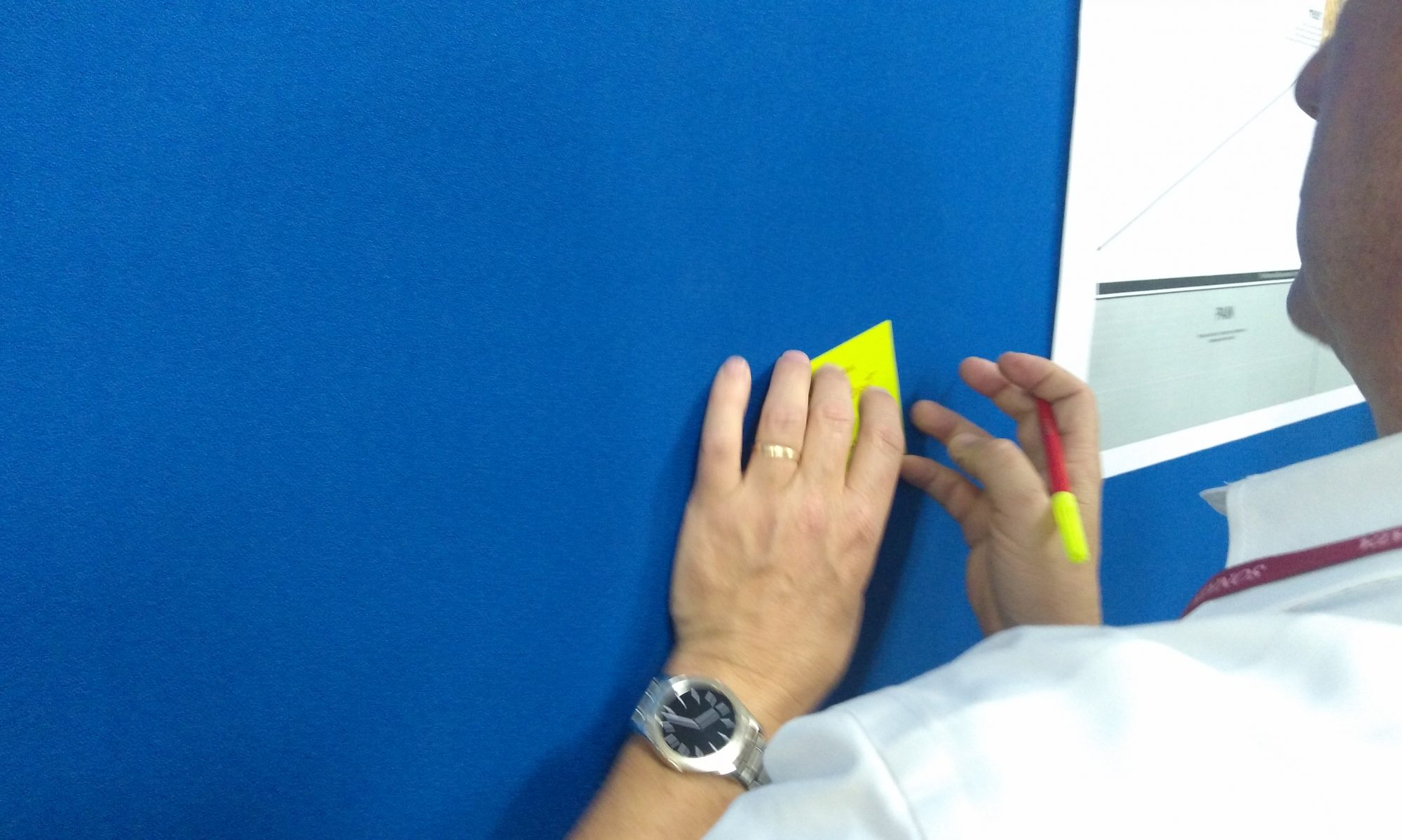As 2008 draws to a close, I am urged not to leave this unsaid. I’m following up on my post of 22nd December (Innovation 101: People first) where I tried to bring out human dimensions leading to innovative approaches for the new world.
One plausible approach in designing the future – especially for those of us who believe in the failure (amply evidenced by the current world crisis) of erstwhile business approaches – is to turn everything over on its head and hope it is not lost in translation (pun intended).

In the landlord scheme of things (modified by businesses into ‘corporations’) money meant power. Those who controlled the ‘estate’ could get away with exploiting the workforce. The workforce was dispensable in the industrial age since money bought machines and machines produced goods. Therefore the people manning the machines had little or no negotiating power. In the knowledge era, the equation is reversed. But the powers that be seem not to have noticed – and they therefore continue what they are used to – command and control. Is this denial of reality or just that they do not know otherwise? Neither does it seem that educational institutions have recognised this shift of power.
2. If I were to propose that a CEO be approachable to each of his employees wherever in the ladder, he would need a crash course in courage to face his own people.
Leadership could afford to be invisible in the past, whether by creating layers of hierarchy or holed up in HQ on a penthouse floor. They could afford to sit in quarterly review meetings discussing issues with ‘political’ rungs and create policies and rules for management to ‘throw’ at the workers. All this while they could keep hobnobbing with shareholders to maximize return on their investments. Not any more. Employees now need leadership to be visible, not through PR notifications, but on the ground. Welcome to the human side of leaders.
3. If I were to suggest that top-line approaches and bottom-line approaches should be thrown out the window, replaced by ‘measurability of employee motivation’, I’d probably find myself in Bush’s shoes (the thrown variety)!! I can already hear some people calling me naive and others kicking me into the idealist bucket.
While we continue to grapple with approaches and methodologies – I am becoming more and more certain that people are looking for a ‘formula’, which is why this blog is also a target – we all seem to be missing the point that culture is an evolutionary thing. Setting up a culture of innovation requires, first of all, a system of ethics and values that is inclusive without bias. In discarding the rhetoric of innovation and the myriad jargon on management, leadership, empowerment, creativity, R&D and whatever else, one has to consider the merit of old fashioned ‘human values’.
A second provocation is that culture encompasses both negative as well as positive sides. It is the sum total of ‘the state of the organization’ and not just what’s in the HR handbook. Which brings me to the point about how we continue to perpetuate our problem solving approaches and band aid fixes whereas we should be designing the future of our organizations. And designing the future for people means more than buildings and plant layouts. It means indivdual and collective aspirations.
Smaller companies have a huge advantage. People empowerment and enablement is often their only chance to attract and retain talent. And believe me, the innovation bandwidth needed is much more than is needed for all R&D combined. Because it is emotional bandwidth and it is needed on both sides. I believe the only chance of revival – or even survival – for the biggies is to recognize that the world has turned over on it’s head. And perhaps these times tell us that it’s perhaps their only chance as well to invest in innovation – people first.
Come 2009 I hope to see and be part of a new brand of business leadership lest I have to reluctantly say – ‘I told you so.’ Although I wouldn’t mind the attention I would get then.


3 Replies to “Innovation 101: People first (2)”